The Samsung Galaxy Note 4 Review
by Joshua Ho on October 15, 2014 9:00 AM EST- Posted in
- Smartphones
- Samsung
- Android
- Mobile
- Galaxy Note 4
Software
While it’s fully possible to focus purely on hardware and ignore software in some cases, the smartphone in general is proving that such a focus tends to be a bit short-sighted as even when there is a vibrant custom ROM community AOSP-based ROMs aren’t quite as polished as what the OEM produces. In the case of the Galaxy Note 4, Samsung’s additions to the UI become even more important as Android doesn’t have much of the native framework that one might expect, especially when it comes to making use of the Wacom stylus.
As the S-Pen/Wacom stylus is so critical to the Galaxy Note, I want to address this area first. When it comes to the stylus, it’s relatively hard to justify the existence of the stylus for simple navigation, but to this end the stylus is surprisingly useful when it comes to tapping extremely small touch targets on desktop websites.
However, the real functionality of the S-Pen actually comes in the form of taking notes. These use cases include quickly taking down a phone number or writing up a task list, which are conveniently translated into actual tasks or phone numbers to be stored in the calendar or contacts list. Unfortunately, those with poor handwriting will likely find that they cannot write as quickly as one may prefer in order to have accurate transcription, but when these features work they really are quite useful and cool.
While the ability to quickly jot notes down is nice, the S-Pen features really excel when we start looking at anything that involves graphing or writing complex equations. S-Note is surprisingly useful in this regard, and while I suspect that OneNote on Windows is more effective in this use case a full Windows tablet isn’t quite a mobile device the way the Galaxy Note is.
Outside of the S-Pen, TouchWiz continues to be quite acceptable in comparison to previous variants. While multi-window has been around for a long time on TouchWiz devices, I found it quite clunky in previous variations as it required long-pressing the back button in order to activate it. This made for a pretty poor experience as this basically meant that a lot of conscious thought was needed in order to make good use of this functionality. Fortunately, Samsung has also added a multi-window button into the multitasking menu which shows up on the top right of any app that supports multi-window. This is a massive improvement in user experience when compared to previous implementations of this feature. Unfortunately, the use of this function continues to be a bit clunky as it doesn’t seem to be aware of whether the previous application supported multi-window. As a result, opening another app in multi-window when one was already using a multi-window app won’t open the two applications side by side as one might expect. This feature is also dependent upon developer support, so this requires some thinking on the part of the user to check for multi-window support. While Samsung undoubtedly has a good vision for what they want from the phablet experience, the implementation isn’t quite there.
Samsung has also implemented dual-pane landscape views for certain applications, but it seems a bit strange that this wasn’t implemented in the settings menu either. While implementing such views is certainly dependent upon developer support, there is a level of inconsistency that comes from stock Samsung applications that affects the overall polish of the experience. There are also floating windows for some applications, which can help with one-handed usability but are mostly a way of improving multitasking functionality.
In terms of overall design, TouchWiz’s aesthetics are no longer a real issue for most, although this is definitely a matter of personal preference. There really isn’t much lag in most places but I have noticed that the multitasking menu has a rather long latency when compared to most other phones. This causes a noticeable drop in the speed at which I can multitask on a phone. Most people shouldn’t have any issues with TouchWiz at this point, although I suspect that the “option overload” in some parts of the UI will confuse users in general. Samsung is likely in a bind here as they once again have to try and keep features and behavior that upgrading users will expect while also accommodating for users new to Samsung devices. Samsung in general continues to ship TouchWiz with a massive number of software features that might be of use, such as the one-handed usability gesture that automatically shrinks the display to keep content within reach of one thumb.
On the verge of hardware and software, the fingerprint scanner is noticeably improved when compared to what we first saw with the Galaxy S5, and the experience associated with the fingerprint scanner is noticeably less painful when it comes to partial matches and similar behavior. I still think that the fingerprint scanner should be moved to the back of the phone for ergonomic reasons but the implementation is workable as-is.
Overall, the software experience that the Galaxy Note 4 ships with is surprisingly functional, even if there are rough edges that need a bit of polishing. Most people should find themselves quite content with the TouchWiz UX even if there are odd bugs here and there. While the Note 4's software is definitely more functional, Apple ships a more polished software stack with the iPhone 6 Plus.


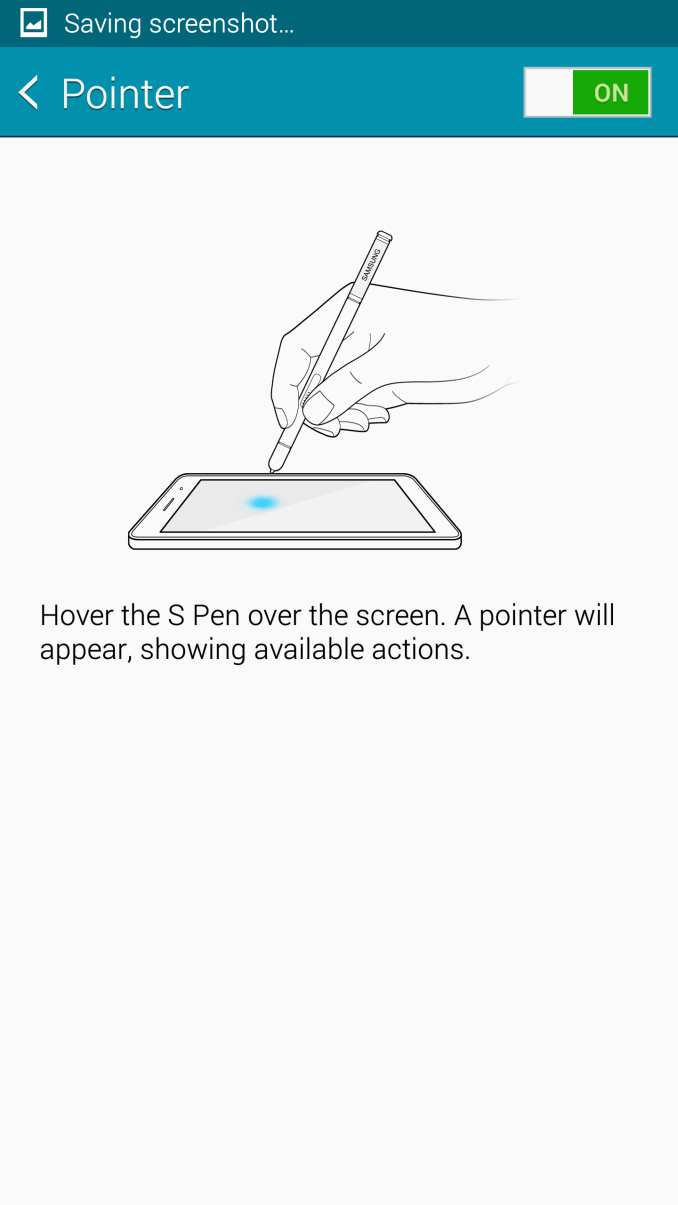
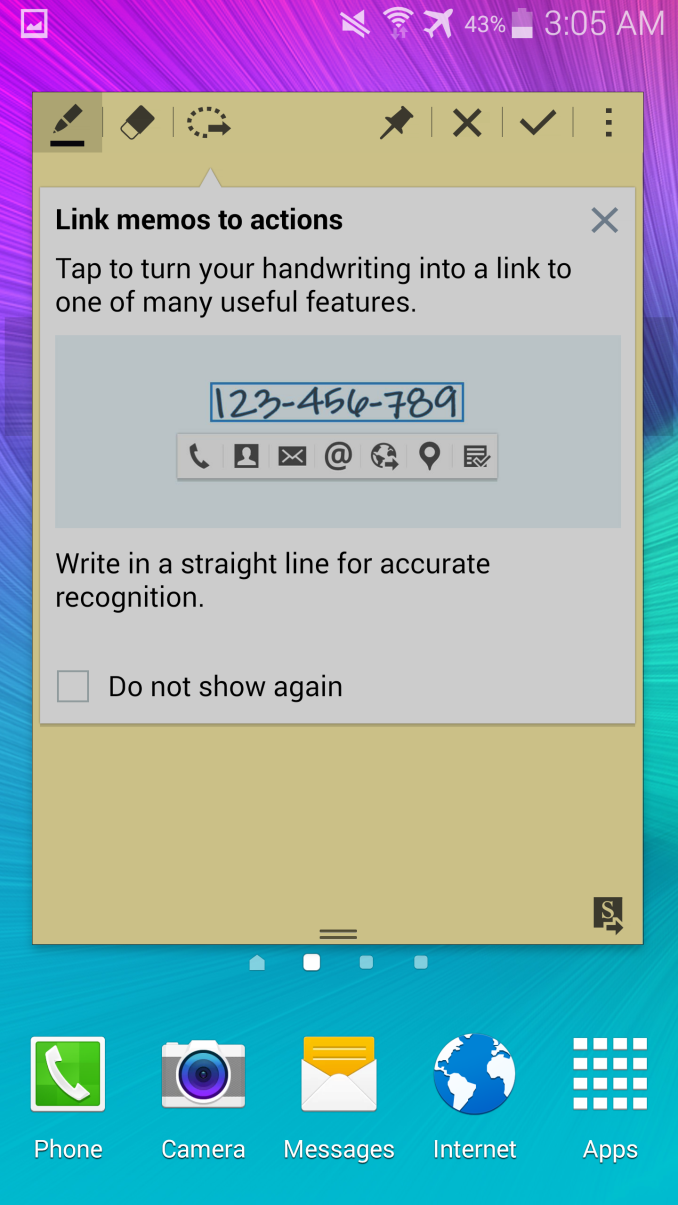

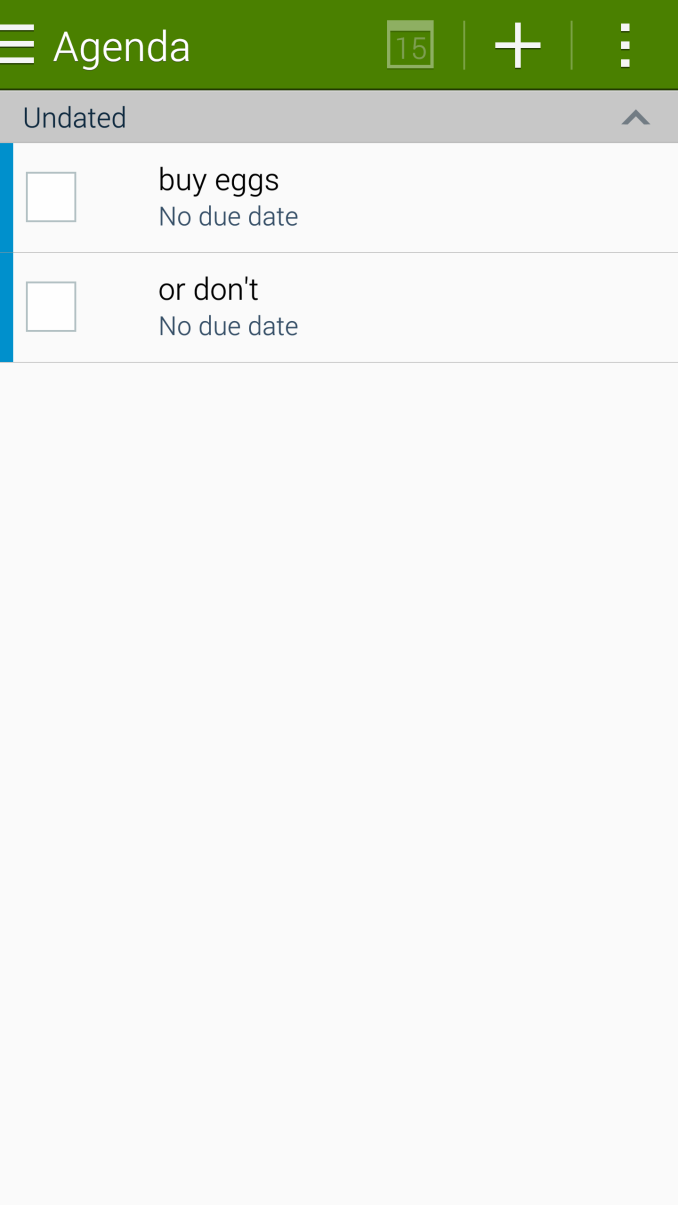
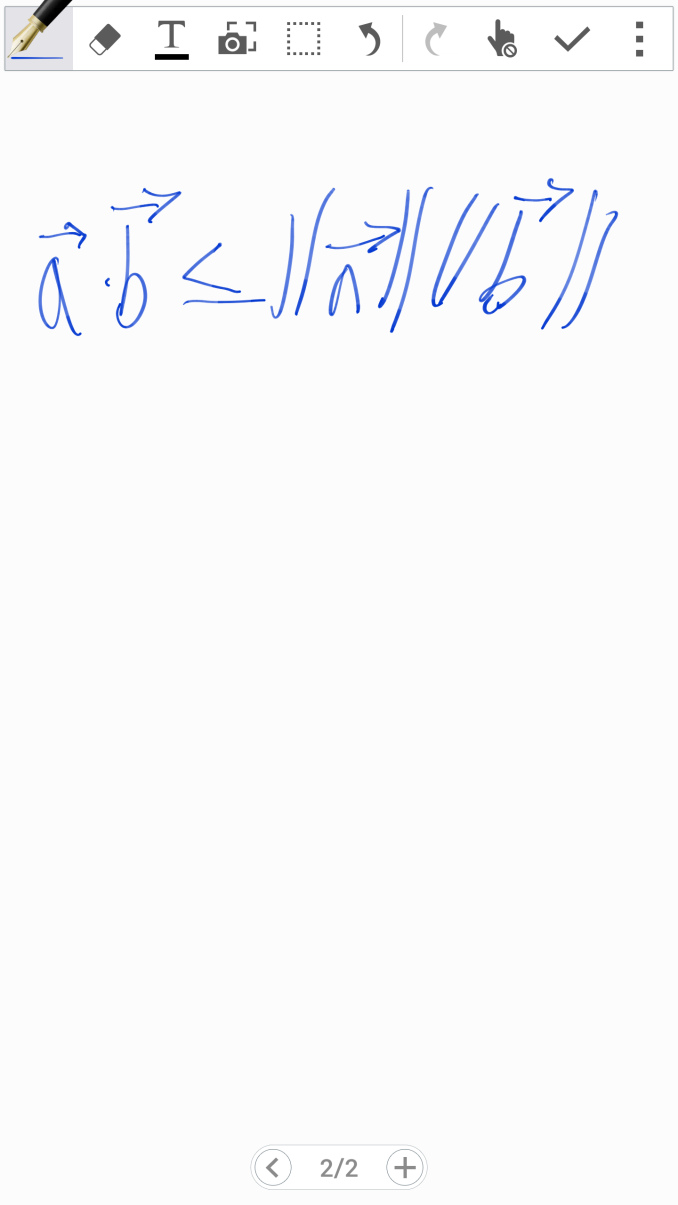
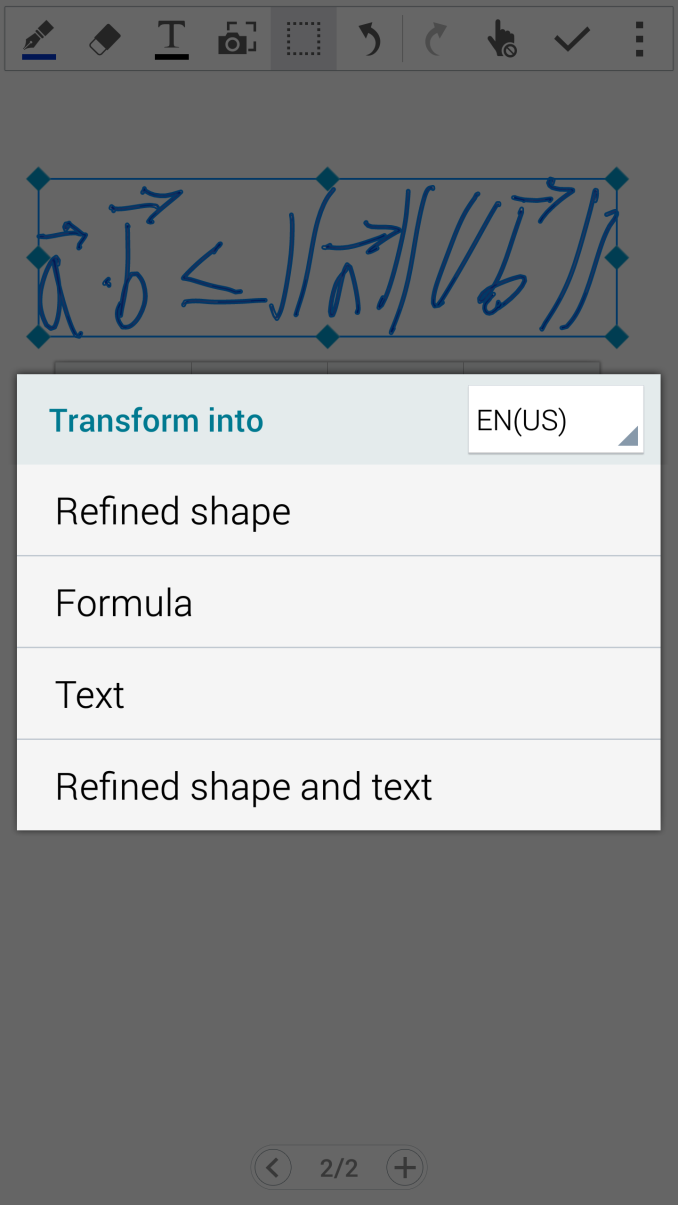
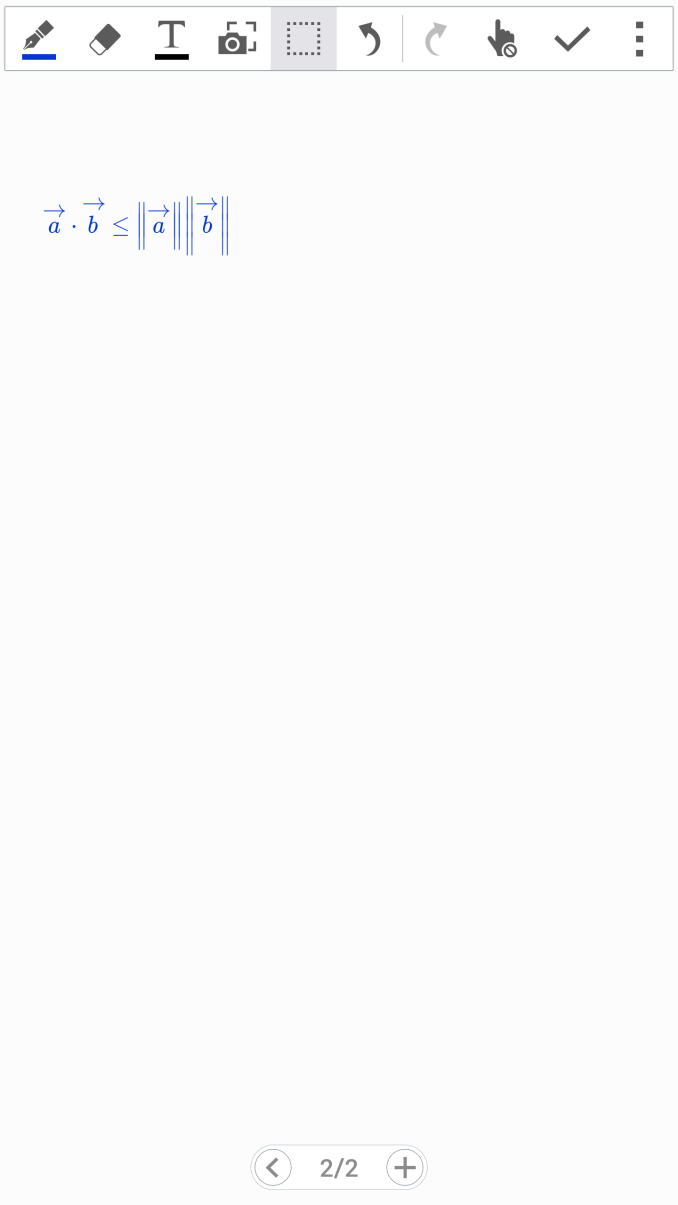
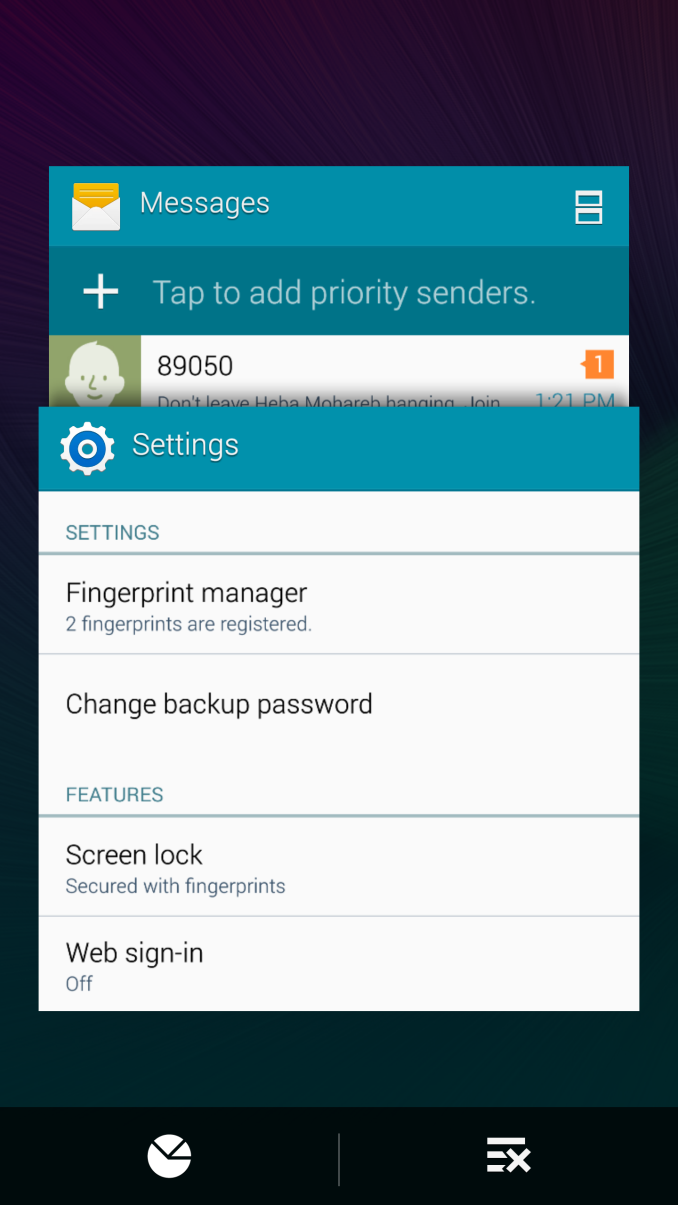
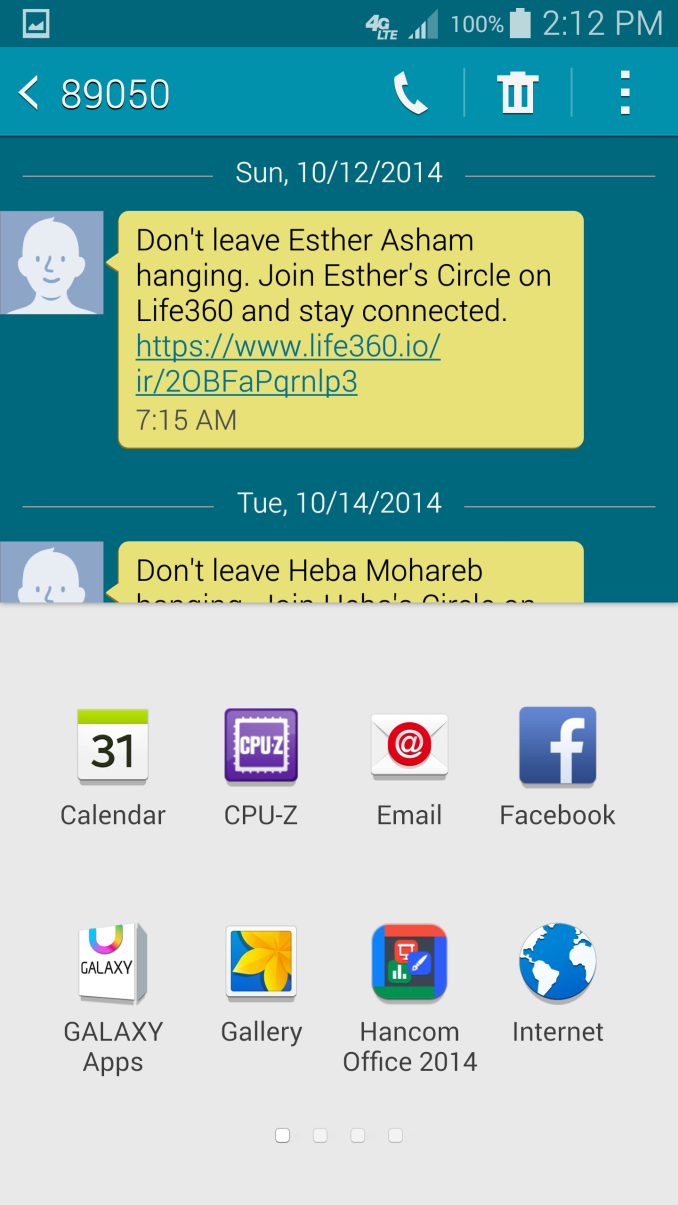
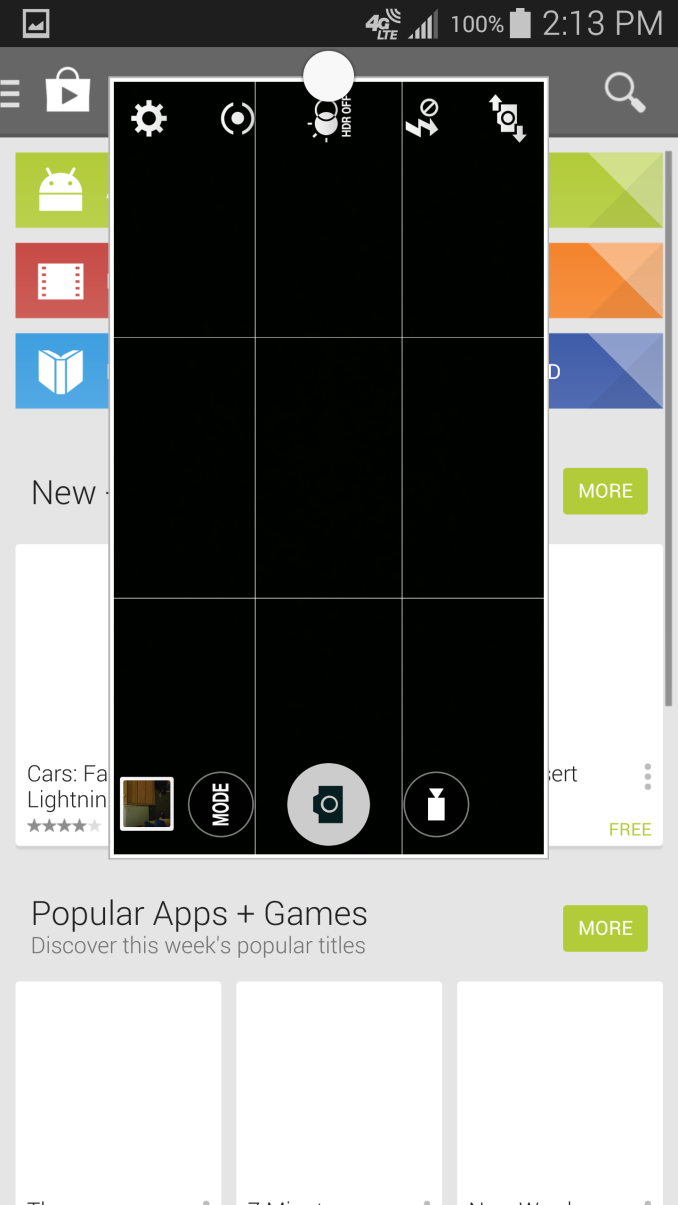
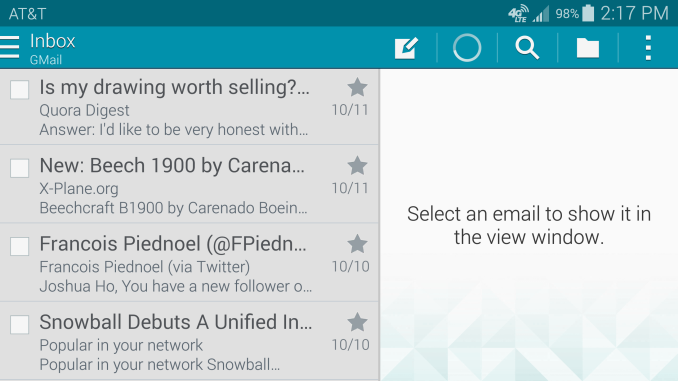
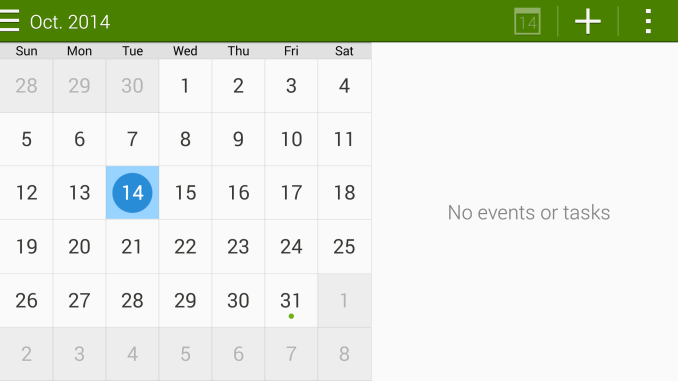
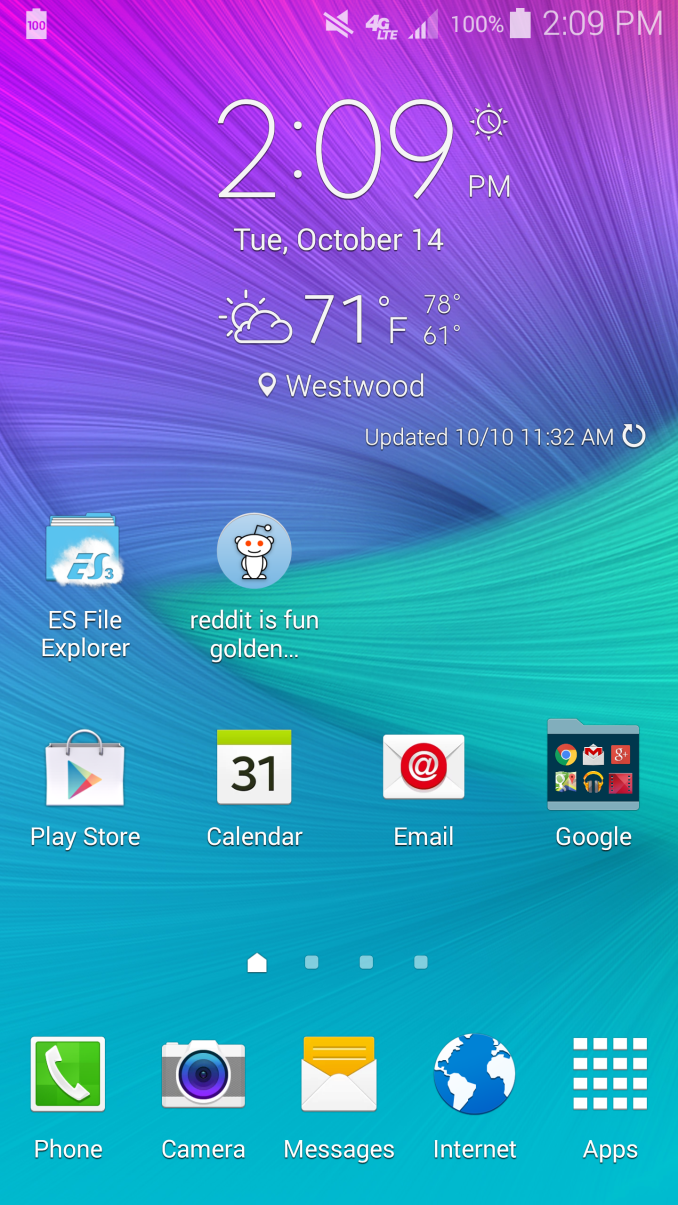









195 Comments
View All Comments
nerd1 - Thursday, October 16, 2014 - link
So again anandtech use Chrome browser to do web testing and not showing any multi core benchmarks at all. LOLtralalalalalala40 - Saturday, October 18, 2014 - link
don't take the phone so seriously. default browser is fatally flawed, have to use chrome.Krysto - Thursday, October 16, 2014 - link
You should review the Exynos one, too.nerd1 - Thursday, October 16, 2014 - link
Wow, I was totally dumbstruck to read the camera comparison. I actually spend some time to download original image of Note 4 and iPhone 6+, and although N4 is VASTLY better than 6+ (6+ image is totally desaturated and looks like phone camera image) this review says "while it is better than galaxy s5, iphone 6+ still has better detail" WHAT THE F***?akdj - Thursday, October 30, 2014 - link
I think you're the first I've read to exclaim 'VASTLY better' --- both have made two signfificant strides. OS and faster, wetter focusing. With the two, better low light photography.Some well regarded photography sites, mags and forums that have, too, sung the praises of the new optics and IP. Continuing to refine an 8 mpxl cam seems to make sense with a 6+, perfectly optimized '4K' sensor for shooting video (as quixk as these read/write speeds have gotten!)
jerrylzy - Thursday, October 16, 2014 - link
I believe the daylight scene of camera test is at UCLA.pjcamp - Friday, October 17, 2014 - link
So the Xperia Z3 was released before this device -- is there a plan to review it in the near future?sgmuser - Friday, October 17, 2014 - link
Galaxy Note 4 is a killer product from Samsung. I have a Ipad mini Retina and I hate when i have multiple tabs and it keeps on refreshing when switch tabs. Low Sunspider score never matters if this keeps on refreshing tabs, its annoying, I tell you. We need more RAM! Better graphic scores are not for every day use! Avid games himself only uses 20 or 30% of his time in gaming if not he plays in his gaming system or PC. Now with bendgate, I am moving away from apple. Lets be realistic and choose wisely and spend wisely. I am looking at G3 and Note 4 and both impresses! Esp N4 in the top of the list.tralalalalalala40 - Saturday, October 18, 2014 - link
meh, if all you do is browse the web then choose android. ios is for productivity apps. would say that reloading of tabs isn't that big of a deal since the reload is faster than app switching on the note, even with 4x the ram.DaveMo - Sunday, October 19, 2014 - link
Ugh. I also can't stand the browser tabs always reloading.